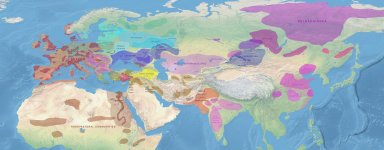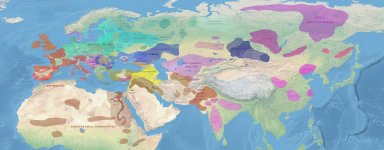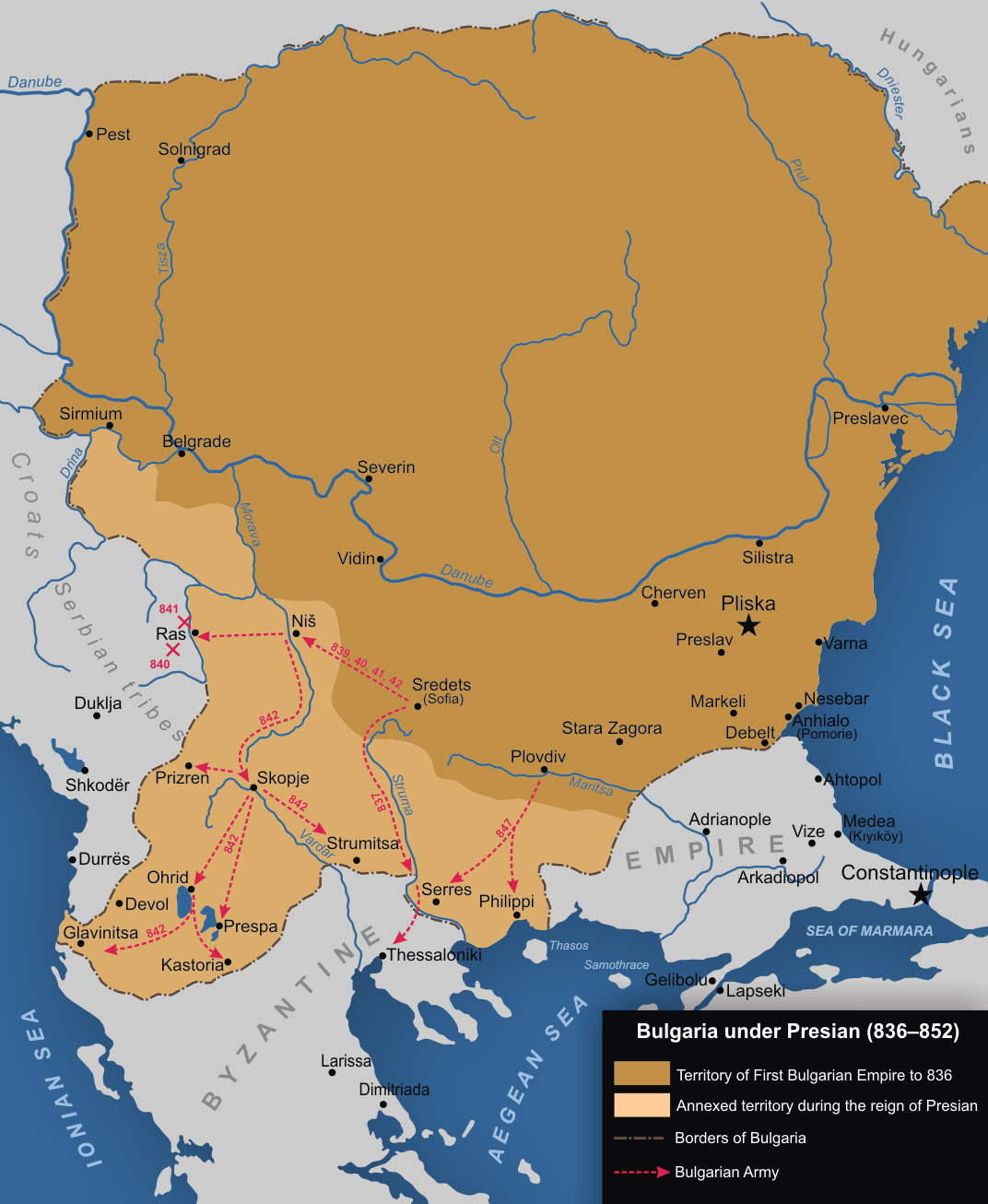Wanderer
Banned
- Messages
- 405
- Reaction score
- 26
- Points
- 0
- Ethnic group
- Ancient
- Y-DNA haplogroup
- J-L283 (z627)
It can be native in Balkans. It is more economical to assume it is native.
There were probably hunter gatherers in parts of Balkans maybe similar to Anatolian HGs. It could have existed among them.
It formed 9700 years before but the TMRCA is 5500 ybp. J2b-L283 and J2b-Z2432 should have formed in the same region almost 10000 years ago. That may make some people believe it is from Caucasus but there is no real reason to place it in the Caucasus specifically. Imho both could have originated west of it (or east of it for that matter).
The TMRCA shows that it could have become extinct and it expands primarily in Europe with a center of dispersion most likely in Europe.
It can be native in Balkans. It is more economical to assume it is native.
There were probably hunter gatherers in parts of Balkans maybe similar to Anatolian HGs. It could have existed among them.
It formed 9700 years before but the TMRCA is 5500 ybp. J2b-L283 and J2b-Z2432 should have formed in the same region almost 10000 years ago. That may make some people believe it is from Caucasus but there is no real reason to place it in the Caucasus specifically. Imho both could have originated west of it (or east of it for that matter).
The TMRCA shows that it could have become extinct and it expands primarily in Europe with a center of dispersion most likely in Europe.
Our J-L283 was bottlenecked for thoussnds of years from when it was formed. It doesnt make sense that it formed on mainland europe because it was bottlenecked. If it formed in europe it would maybe make sense it formed on a island. Maybe in the central medditernean since the ice age would have caused the land in the center to sink underwater and the medditernean sea would be formed. Before that it was split between two bodies of sea it looks like and forming extra islands after the ice age ended and sea levels rose again. But not sure since I cannot find a good map of europe 10,000- 12000 years ago. Our J-L283 ancestor would be stranded on a island and bottlenecked for sometime. Maybe a decendant later went to the mainland. If they were not in the caucaus and in europe this would be my theory. Otherwise if they came from caucus i would imagine the came through ship into the balkans or traversed along the lower pontic


I believe it was said that we literally decended from a single father to single son for thousands of years from J2b2 to J-L283










